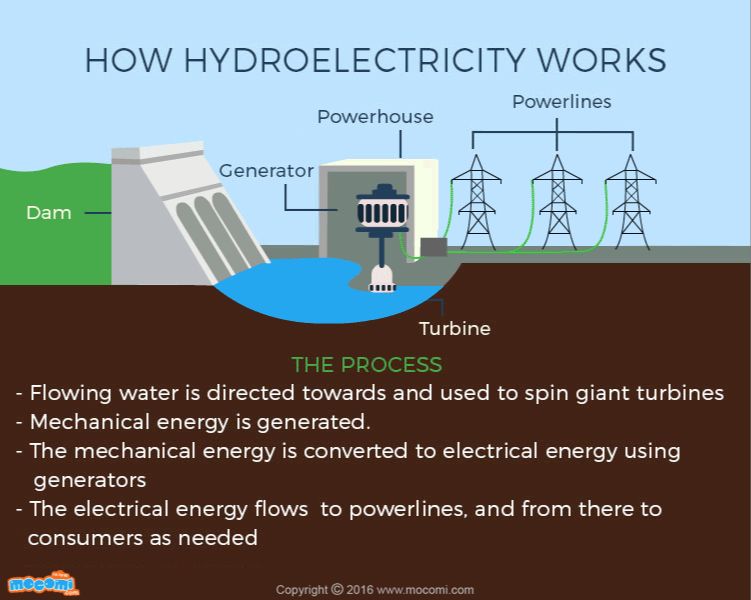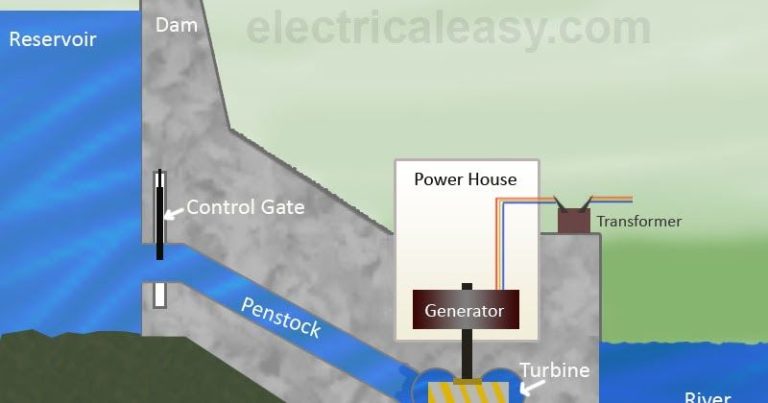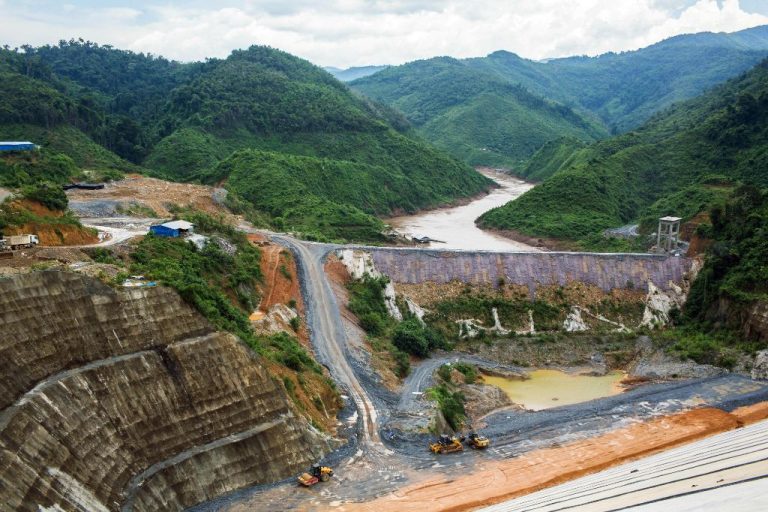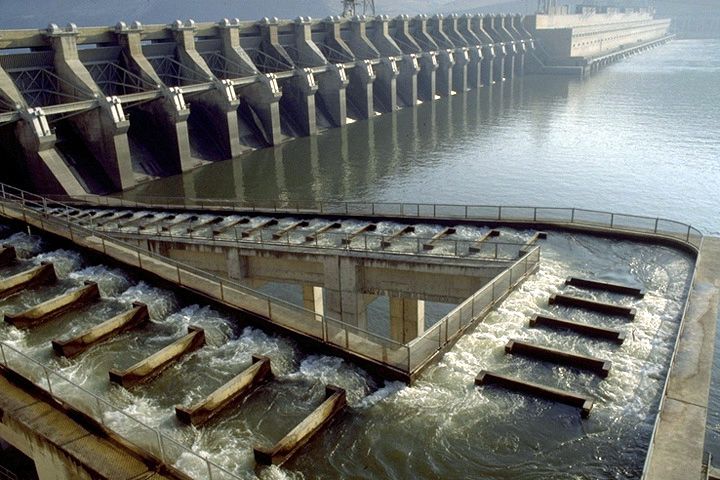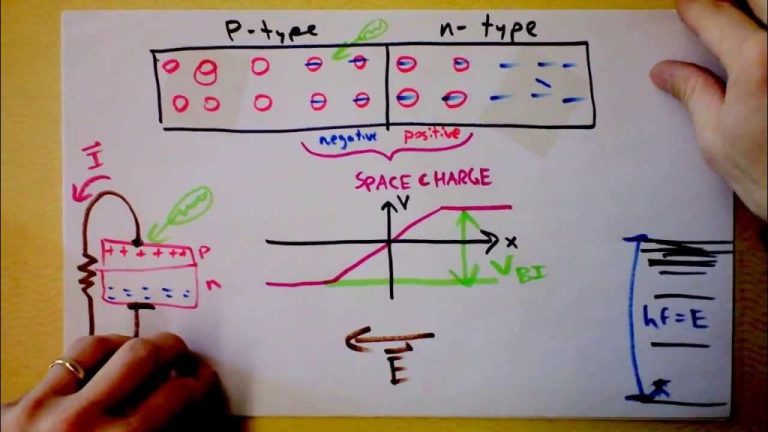Why Is Hydro So Cheap In Québec?
Québec has some of the cheapest hydroelectricity rates in North America due to its abundant hydropower resources, government ownership of utilities, early investments in hydro infrastructure, and policies that prioritized domestic demand over export profits. This has allowed Québec to provide its residents and industries with stable, low-cost electricity even as prices have risen elsewhere.
The province benefits from massive hydropower potential, especially in the north where major rivers like the Manicouagan, Outardes, and La Grande flow. Government agencies like Hydro-Québec have developed these resources since the 1960s, establishing a robust network of reservoirs and hydroelectric stations. While expensive at first, the system has been fully amortized over decades of operation. Today, Hydro-Québec can generate large amounts of renewable power at little incremental cost.
Government ownership and control over hydro resources also helps keep prices low for consumers. Hydro-Québec operates as a public utility rather than a for-profit corporation, prioritizing domestic demand over exports. The utility’s goals are providing reliable, affordable electricity rather than maximizing revenues. This focus benefits Québec ratepayers.
Abundant Hydropower Resources
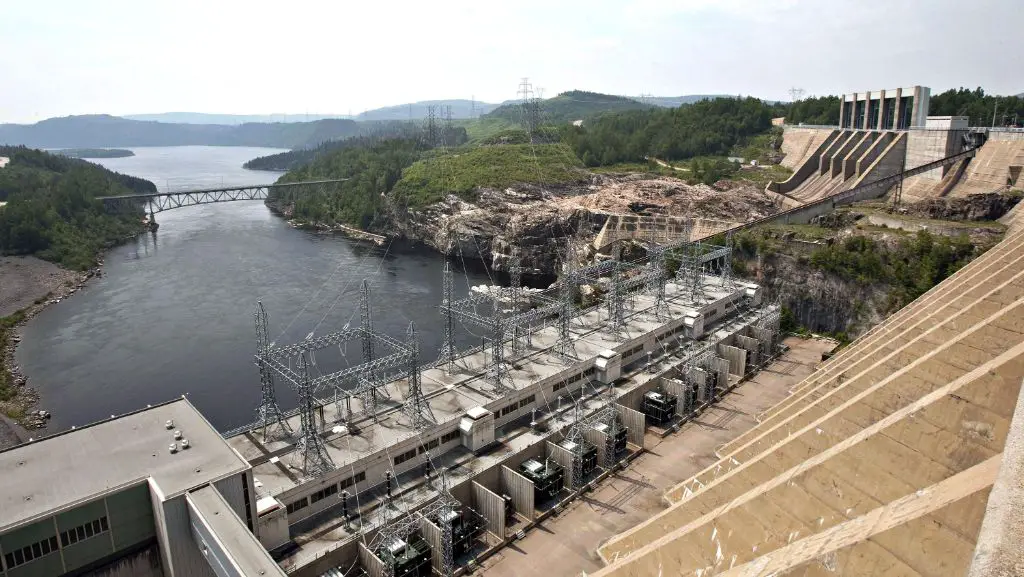
Québec has vast hydropower potential thanks to its numerous rivers and advantageous geography. The province’s hydroelectric capacity ranks among the largest in the world, with over 37,248 megawatts (MW) of installed generating capacity as of 2019 according to Hydro-Québec. Québec’s hydropower resources have enabled it to become one of the world’s major producers and exporters of renewable electricity.
The most important rivers for hydropower generation in Québec include the Manicouagan, Outardes, La Grande, and Betsiamites rivers in the northern part of the province. These rivers have high flow rates and drops in elevation, creating ideal conditions for building hydroelectric dams and reservoirs. For example, the Robert-Bourassa generating station on the La Grande River has a capacity of over 5,600 MW, one of the largest hydroelectric generating stations in the world. In total, Hydro-Québec operates over 60 hydroelectric generating stations located across the province.
Québec’s geography, with the Canadian Shield covering much of the north, provides natural reservoirs required for large-scale hydropower development. The abundant water resources and high hydraulic heads enable highly efficient generation of electricity. According to Hydro-Québec, their hydroelectric generating fleet has an overall efficiency of over 90%. With vast room for further growth, hydropower is poised to continue playing a major role in Québec’s economy and energy sector for decades to come.
Government Ownership
The provincial government of Québec is the sole shareholder and owner of Hydro-Québec (https://en.wikipedia.org/wiki/Hydro-Qu%C3%A9bec). This Crown corporation manages electricity generation, transmission, and distribution across the province. As the sole shareholder, the provincial government maintains total control over Hydro-Québec’s operations and strategic direction.
Owning the utility gives the government full control over electricity prices, long-term planning, and generation assets. Hydro-Québec meets its financing needs through provincial government-backed bonds, giving it access to cheap capital for large hydroelectric projects (https://www.hydroquebec.com/investor-relations/faq.html). Government ownership and control enables centralized planning and development of Québec’s vast hydro resources.
By owning the generation and transmission system, the provincial government can ensure electricity rates remain low for consumers. Hydro-Québec passes on its low production costs directly to ratepayers rather than seeking returns for private shareholders. Government stewardship over decades has developed Québec’s hydro capabilities for the public benefit.
Early Investment
Québec began massive investment in hydropower development in the early-to-mid 20th century, constructing huge projects to build up capacity for decades to come. In the post-war period starting in the late 1940s, the Québec government invested heavily in hydropower projects through the provincial utility Hydro-Québec. This included massive projects like the Manic-Outardes complex, which was built from 1959 to 1965 on the Manicouagan and Outardes rivers in the Côte-Nord region. The project included three major generating stations with a combined capacity over 3,000 MW, making it one of the largest hydroelectric developments in the world at the time. This early investment in large-scale hydro development established a huge base of low-cost power capacity that Québec continues to benefit from today. According to the Wikipedia article on the History of Hydro-Québec, the Manic-Outardes project was a major driver of Québec’s economic development in the 1960s.
Oversupply
Québec generates far more electricity than it consumes domestically. According to Hydro-Québec, the province produces over 37,000 megawatts (MW) of hydropower but only uses around 42,000 MW total. This leaves a large surplus available for export. Québec’s hydropower resources allow it to generate much more electricity than needed to meet domestic demand. With abundant water resources from rivers like the Manicouagan and dams like the Robert-Bourassa generating station, Hydro-Québec has steadily increased electricity generation over time. But domestic demand has not kept pace, resulting in a growing production surplus since the 2000s. Having excess generation capacity is what has allowed Québec to become a major electricity exporter to neighboring markets.
Low-Cost Production
Once hydroelectric dams and power plants are built, they have very low operating and maintenance costs compared to other sources of electricity generation. The primary ongoing costs are maintenance of the dam infrastructure and electricity generating equipment. According to the Center for Climate and Energy Solutions, hydropower is considered to be relatively inexpensive to operate – with generation costing between 2 and 5 cents per kWh.
The main factor driving the low operating costs is that the “fuel” for hydro plants is water, which is free. Other power plants must continually purchase coal, natural gas, uranium, or other fuels to operate. The IRENA estimates the levelized cost of electricity from large hydropower projects ranges from 2 to 19 cents/kWh, making hydro highly competitive.
While hydro facilities require substantial upfront investments, often billions of dollars, these capital costs are spread out over decades. Hydroelectric dams frequently operate for 50 years or more. This means the initial construction costs are amortized over a very long useful lifespan, lowering the levelized costs per kWh generated.
Sources:
[1] https://www.enbridge.com/energy-matters/energy-school/is-hydroelectric-power-economical
Cheap Financing
One of the key reasons why hydro power is so inexpensive in Québec is because of the low financing costs for Hydro-Québec. As a crown corporation owned by the provincial government, Hydro-Québec has strong backing that allows it to raise capital through low-interest debt.
According to the Investor Relations page on Hydro-Québec’s website, the crown corporation has been able to finance large capital-intensive projects through issuing bonds at very low interest rates. For example, in 2018 it issued $850 million in bonds maturing in 2048, at a cost of 3.15%, and $2.7 billion in bonds maturing in 2060 and 2063, at an average cost of approximately 3.4%.
This government backing and ability to access low-cost debt is a significant factor in keeping Hydro-Québec’s electricity rates affordable compared to other jurisdictions.
Export Revenue
Hydro-Québec’s substantial export revenues help keep costs low for consumers in Québec. According to the Canada Energy Regulator, Canada’s revenue from electricity exports to the United States reached a record high of $5.8 billion in 2022 [1]. The vast majority of these electricity exports come from Hydro-Québec. Export revenue allows Hydro-Québec to offset costs and keep domestic rates low. For example, a Hydro-Québec press release shows that strong electricity export revenues contributed to a $1.16 billion increase in net income in the first three quarters of 2022 compared to 2021 [2]. While domestic consumption has remained relatively flat, export demand has grown. This export revenue has been crucial for keeping costs down for Québec residents.
Surplus Capacity
Québec has a large surplus of electricity generation capacity compared to demand. This surplus capacity is a major factor keeping electricity prices low for consumers. According to Hydro-Québec, the province has over 50,000 MW of installed capacity from hydroelectric dams and other renewable sources [1]. However, peak demand in the province is only around 40,000 MW during the winter [2]. This means Québec has at least 10,000 MW of surplus capacity it can export or use during peak demand periods. The large cushion of extra capacity helps keep prices down because Hydro-Québec doesn’t need to build expensive new dams or power plants to meet provincial demand. The utility can focus on maintaining its current low-cost hydro facilities rather than investing in new expensive capacity. With such an abundance of renewable energy resources, Québec is able to export surplus power while still meeting domestic needs at very low rates.
Conclusion
Québec enjoys some of the lowest electricity rates in North America thanks to an abundance of cheap hydropower. Early government investment in hydropower projects secured a vast supply of low-cost hydroelectricity. Higher-cost nuclear and fossil fuel plants were avoided, keeping rates low. Today, the province benefits from a surplus of low-cost hydro capacity and exports excess energy to neighbors. Even with oversupply, rates remain very affordable for Québec residents due to government ownership, low-cost financing, and export revenue. Given the abundance of rivers and technical expertise in hydropower, Québec is poised to continue offering some of the most affordable residential electricity in North America.

